While most travelers focus on sights to see and foods to taste, the soundscape of a destination creates some of our most vivid and lasting travel memories. From natural acoustics to musical traditions, certain places around the world offer extraordinary auditory experiences that transform a simple visit into a multisensory journey.
Here is a list of 15 destinations where your ears will guide you through an unforgettable experience, each with its distinctive sonic signature.
Havana, Cuba
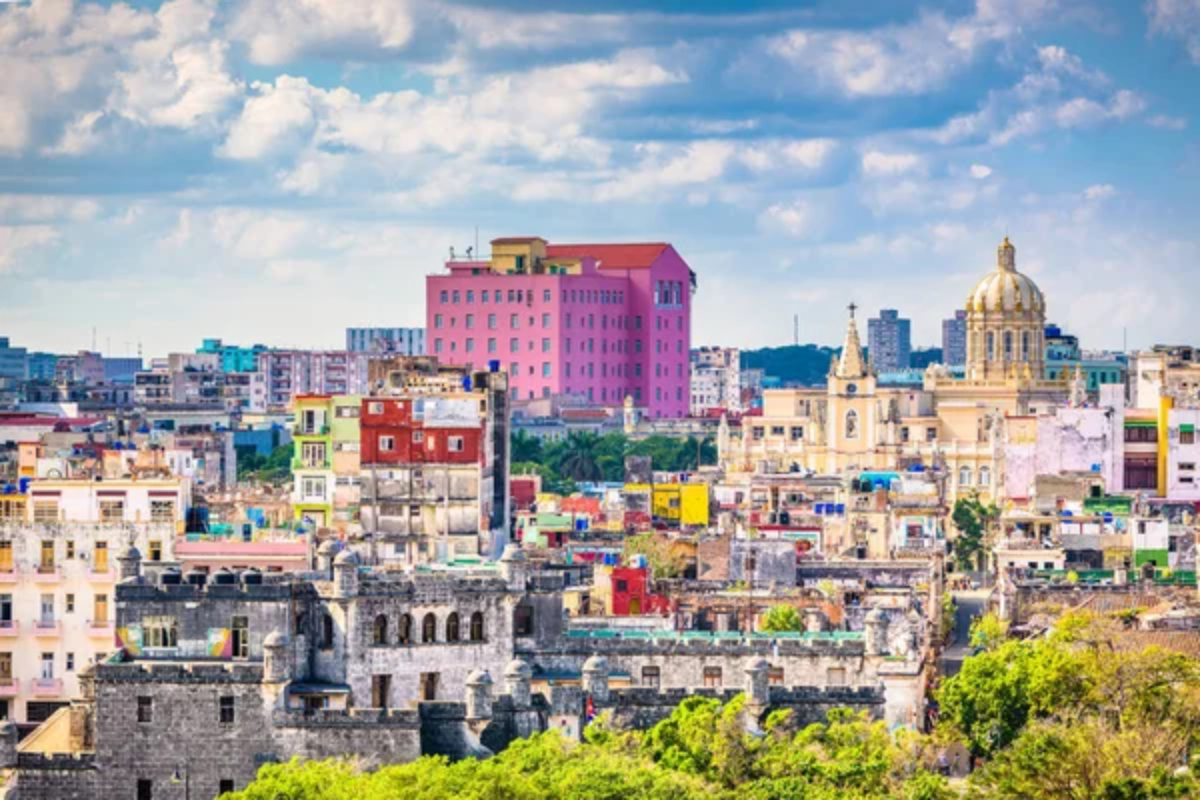
Music pours from doorways and windows throughout this vibrant city, creating an ever-present soundtrack that shifts as you walk from block to block. Rumba rhythms echo through plazas where impromptu percussion circles form using whatever makeshift instruments are available—from upturned buckets to wooden boxes.
Classic American cars from the 1950s add their distinctive purring engines and occasional backfiring pops to the urban soundscape, creating unintentional percussion against the backdrop of live music. The call-and-response patterns of street vendors announcing their wares become their form of musical communication, unchanged for generations despite the city’s evolving political landscape.
New Orleans, Louisiana
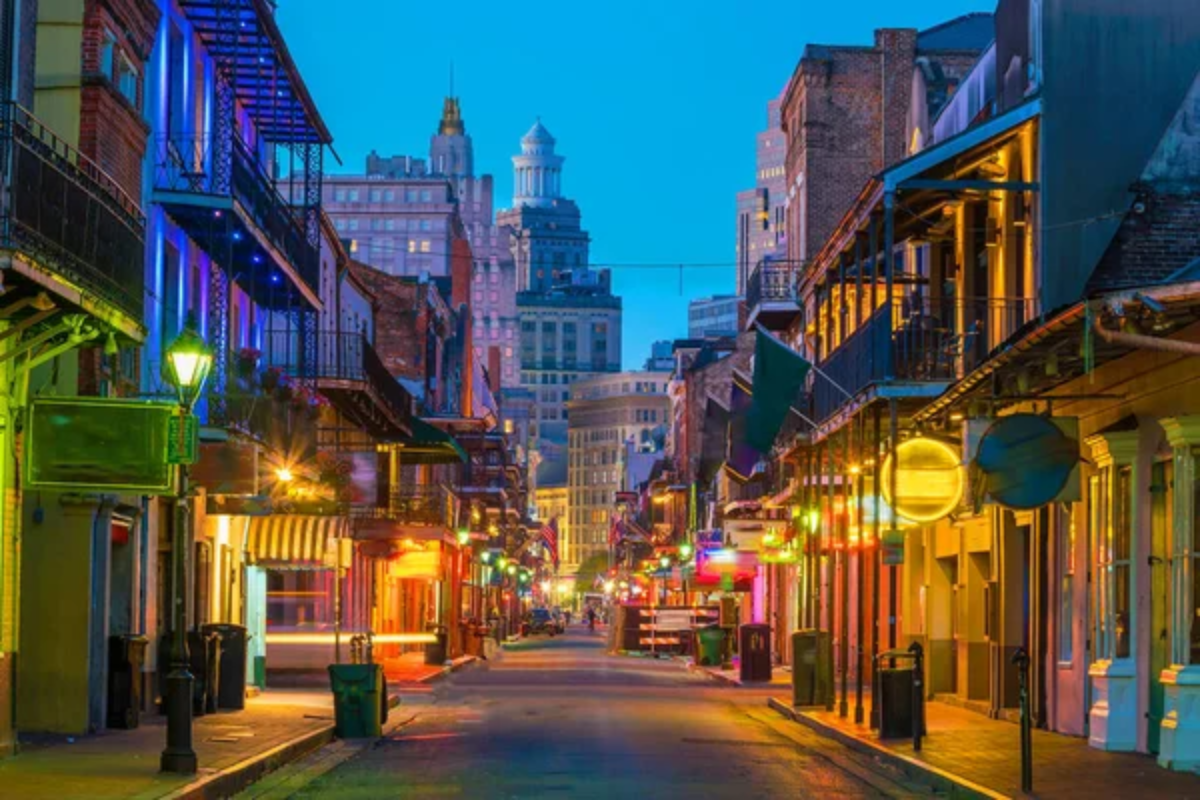
Jazz spills onto the streets from venues both famous and obscure, creating a living museum of American musical history that fills the humid air. Brass bands lead second-line parades through neighborhoods where the crowd’s footsteps and handclaps become part of the performance itself.
Street performers in Jackson Square create overlapping soundscapes where a saxophone might harmonize unexpectedly with a tap dancer’s rhythmic footwork several yards away. The distinctive dialect of residents—with its French, Caribbean, and Southern influences—adds a linguistic melody that’s as much a part of the city’s sound as any trumpet solo wailing into the night.
Like Travel Pug’s content? Follow us on MSN.
Kyoto, Japan
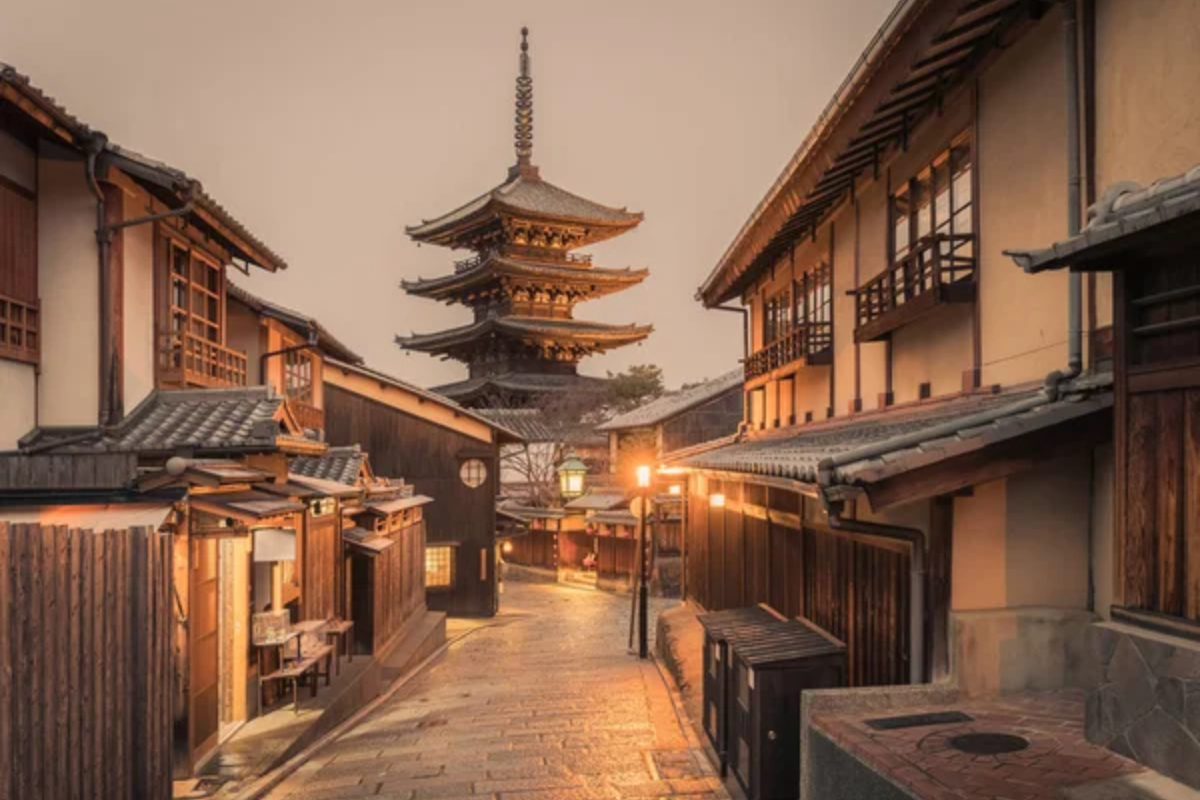
Zen gardens create intentional sound environments where rustling bamboo, water flowing over carefully placed stones, and the occasional wooden clapper marking meditation time blend into an acoustic experience designed for contemplation. Temple bells ring with such perfect resonance that their tones seem to hang in the air for impossibly long moments, expanding outward across ancient wooden structures.
The distinctive clack rhythm of geta sandals against stone pathways announces the approach of apprentice geishas heading to evening appointments in the Gion district. Tea ceremony rooms feature the carefully choreographed sounds of water being poured and ceramic touching ceramic—subtle acoustics that have been refined over centuries of mindful hospitality.
Nashville, Tennessee
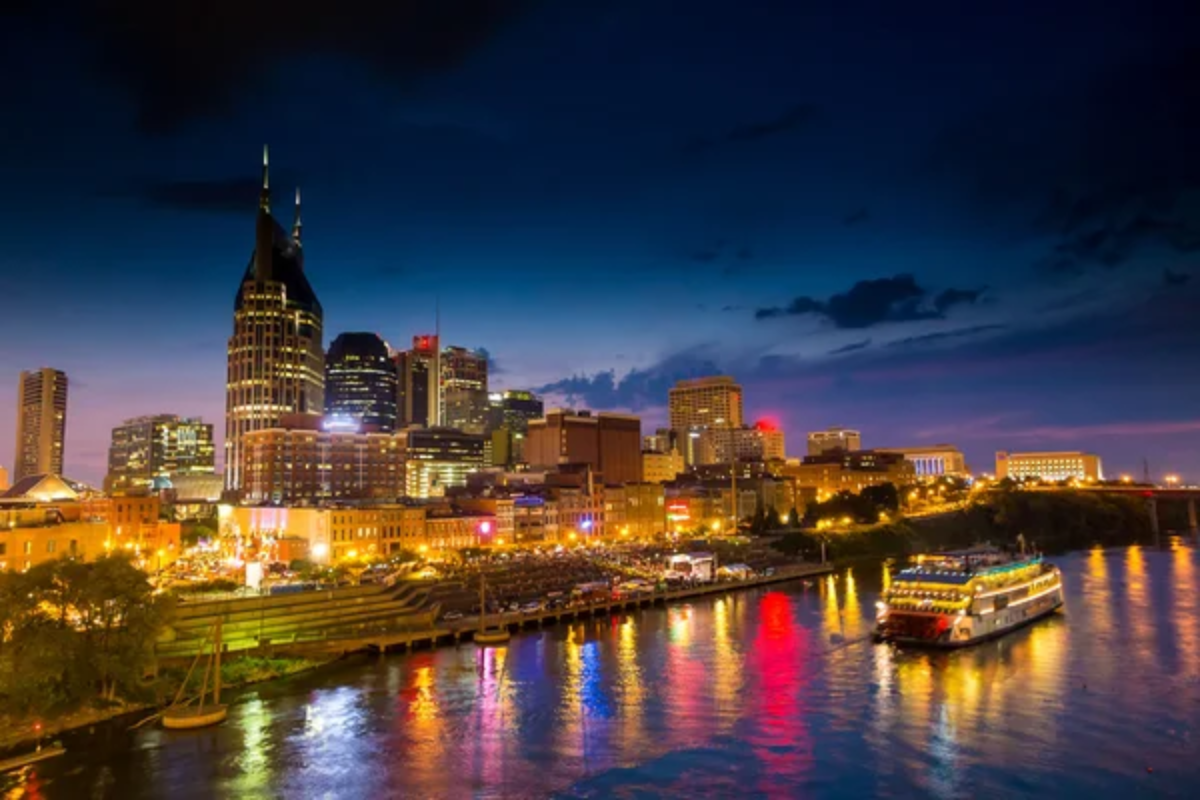
Honky-tonks along Broadway create a unique auditory experience as different country music performances blend when venue doors open, creating unexpected mashups of classic and contemporary tunes. Recording studios throughout Music Row still capture the “Nashville Sound” using techniques and equipment that have defined American country music for generations.
The Ryman Auditorium offers arguably the most perfect natural acoustics in America, where even whispered lyrics reach the back row with crystalline clarity. Songwriters perform “in the round” at the Bluebird Café and similar venues, sharing the stories behind their compositions in intimate settings where every nuance of their vocal delivery is preserved.
Fez, Morocco
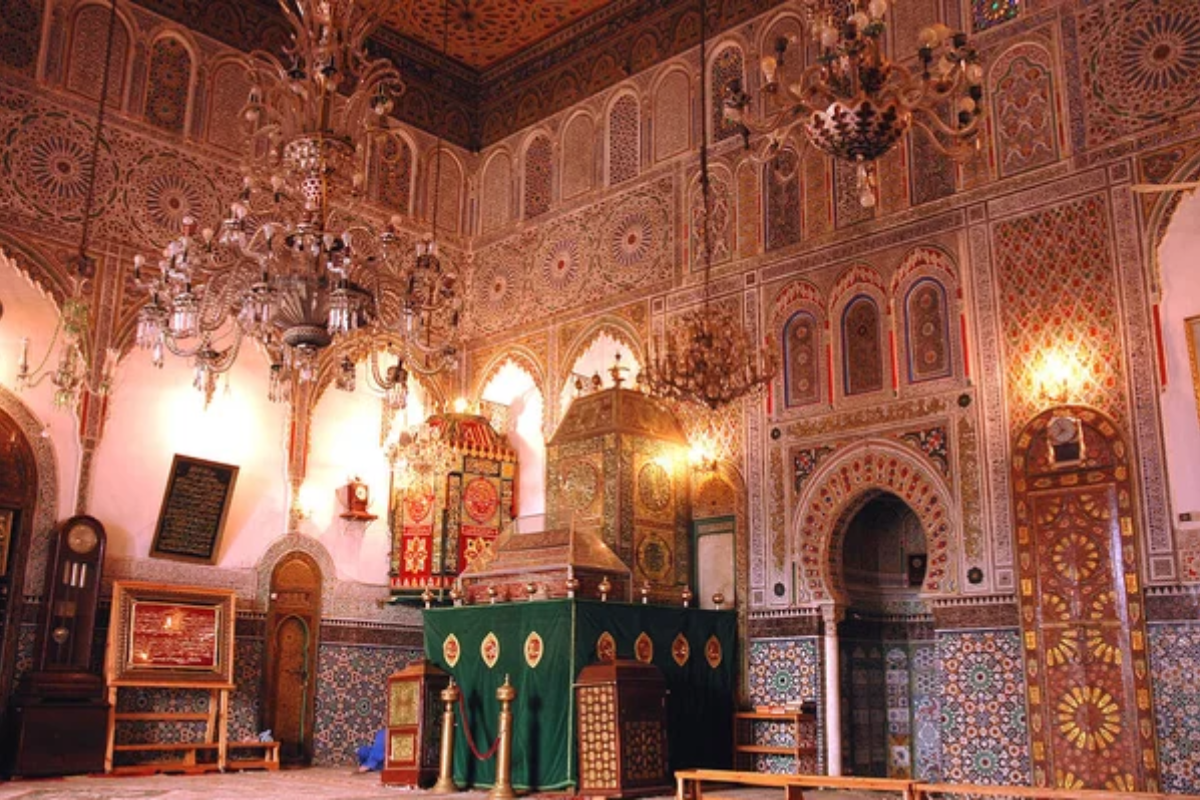
The ancient medina creates a sound environment unlike any other city, where the absence of motorized vehicles allows human voices, craftsmen’s tools, and animal sounds to dominate the acoustic landscape. The call to prayer echoes five times daily from dozens of minarets, creating complex overlapping patterns as each muezzin begins slightly offset from others across the labyrinthine city.
Copper workers hammer patterns into metal using techniques unchanged for centuries, creating rhythmic metallic symphonies down certain alleyways dedicated to specific crafts. Street vendors call out their offerings in melodic Arabic phrases that have been passed down through generations, their voices bouncing off the high walls of narrow passages designed centuries before acoustic science was understood.
Like Travel Pug’s content? Follow us on MSN.
The Amazon Rainforest, Brazil
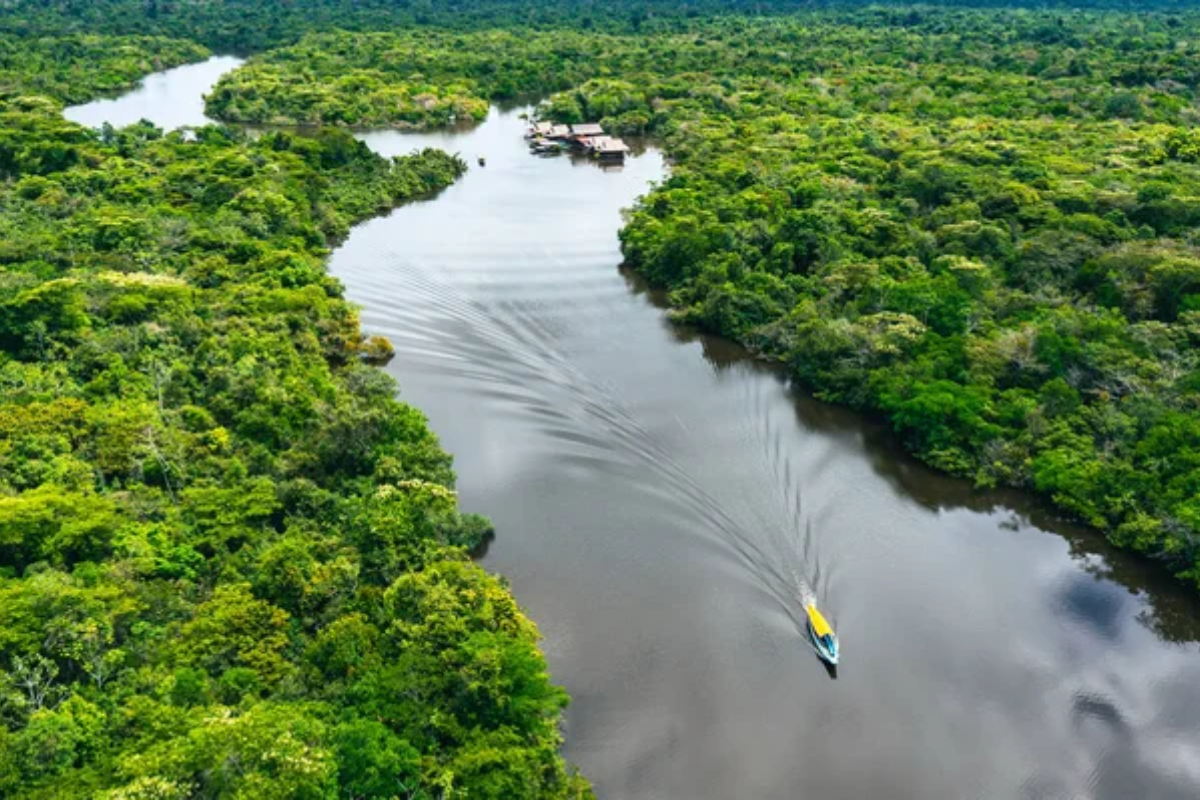
Dawn in the rainforest brings the famous “dawn chorus” when thousands of birds begin calling simultaneously, creating the planet’s most complex natural orchestra that ornithologists are still working to document fully. Rainfall creates dramatically different soundscapes depending on the canopy level—from the gentle patter on broad leaves high above to the amplified drumming on vegetation near the forest floor.
Howler monkeys live up to their name with territorial calls that can travel three miles through dense vegetation, creating an eerie effect that early explorers compared to the sound of wind moving through cathedral pipes. Indigenous guides can identify dozens of unseen creatures purely by sound, demonstrating listening skills developed over thousands of years of forest habitation.
Vienna, Austria
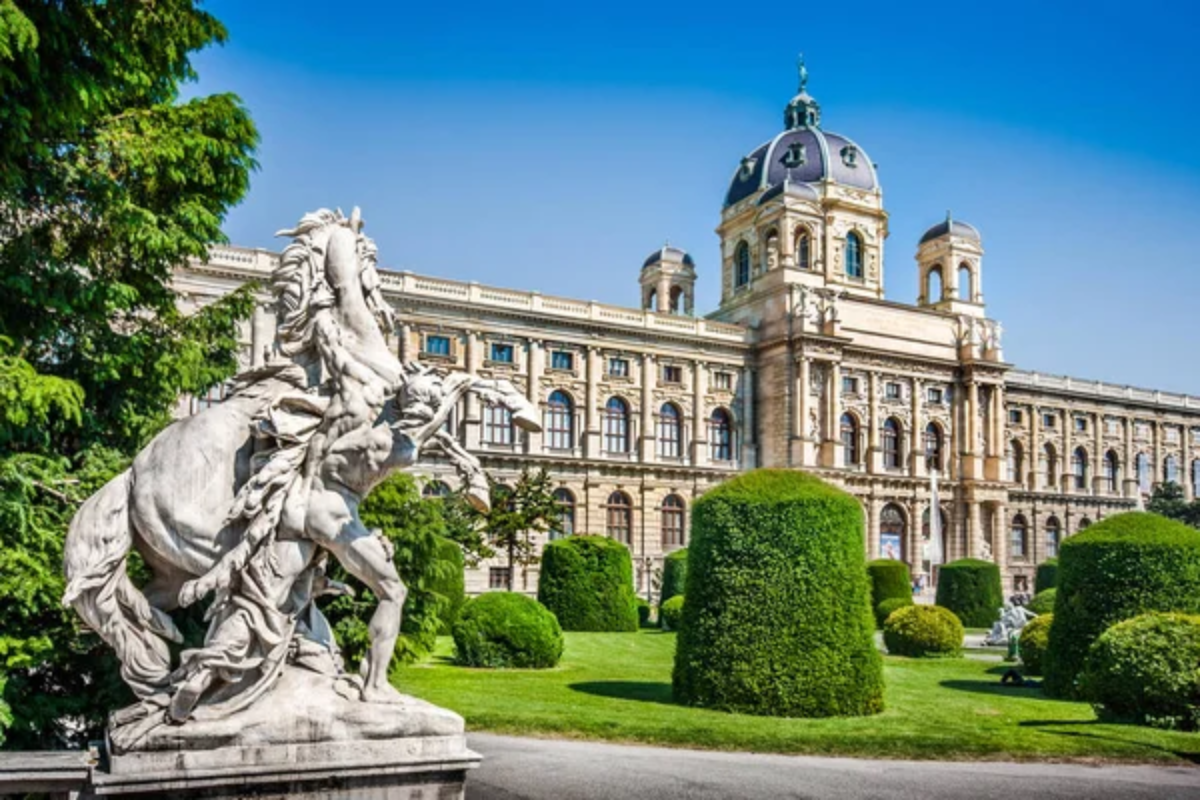
Concert halls designed with such acoustic precision that a violin whisper from the stage can be heard from the furthest seat represent the city’s centuries-long obsession with perfect musical reproduction. Coffee houses maintain their traditional atmosphere where the clink of spoons against Viennese porcelain creates a gentle percussion beneath hushed conversations about politics and arts.
Horse-drawn carriages with specific wheel designs create a distinctive rhythm against cobblestone streets that Beethoven, Mozart, and Strauss would still recognize today. Church bells across the city ring in patterns established centuries ago, creating a communal timekeeping system that continues despite the ubiquity of digital devices.
Varanasi, India
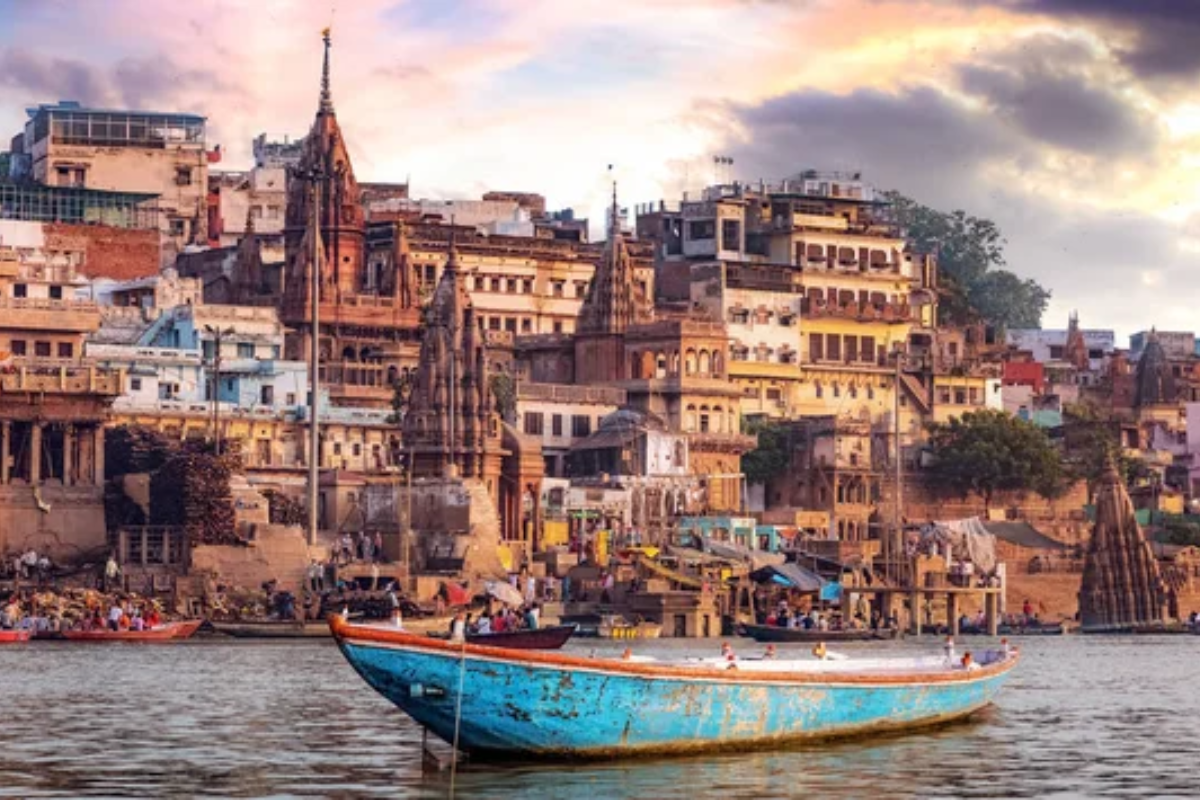
The evening aarti ceremony fills the air with rhythmic bell-ringing, chanting, and the crackling of ceremonial fires along the Ganges River—a daily sonic ritual that has continued for thousands of years. Sunrise brings classical musicians to the riverside ghats, where the morning raga performances on sitar and tabla blend with the sounds of wooden boats knocking against stone steps and pilgrims entering the sacred waters.
Temple elephants wearing anklets of small bells create gentle tinkling soundscapes as they move through narrow streets where their footfalls echo against ancient buildings. The constant murmur of Sanskrit mantras creates an unbroken sonic thread connecting contemporary worshippers to practices established millennia before.
Like Travel Pug’s content? Follow us on MSN.
Reykjavik, Iceland
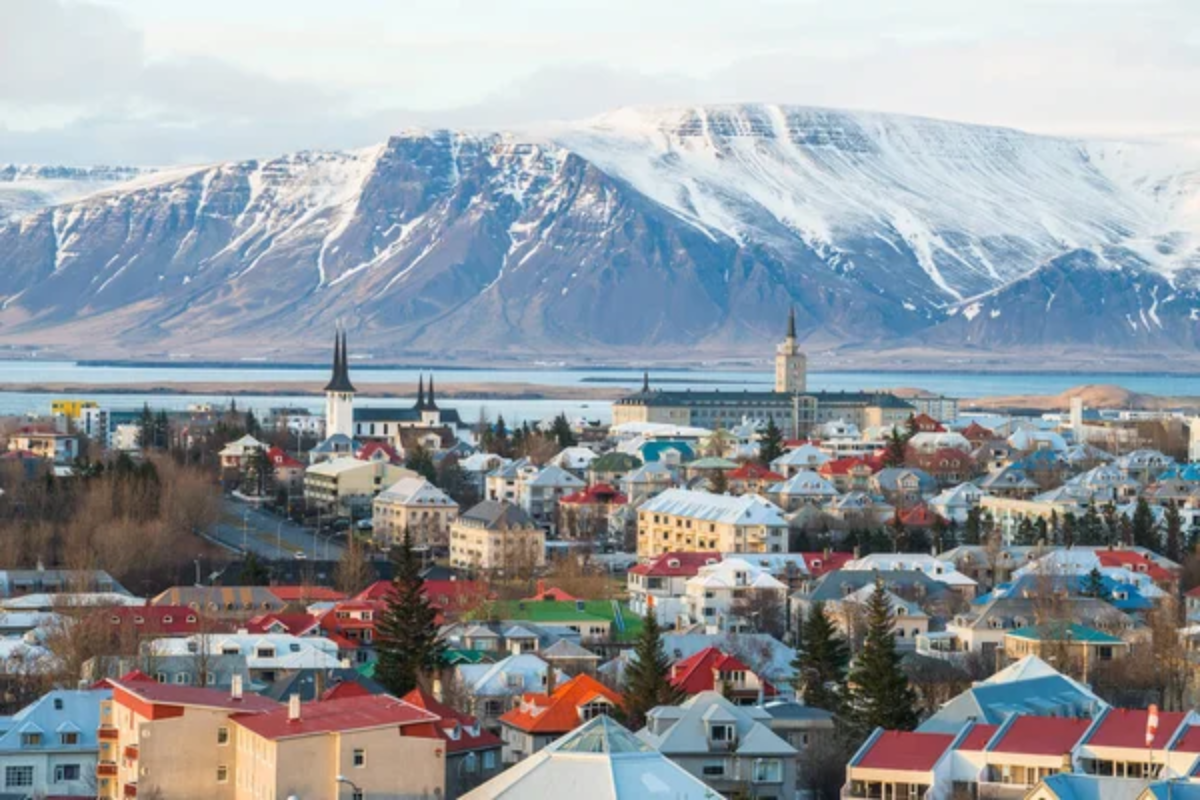
The absence of ambient noise pollution makes this one of the world’s quietest capitals, where even subtle sounds take on remarkable clarity against the backdrop of near silence. Geothermal areas just outside the city limits feature the distinctive hissing of steam vents and bubbling of mud pots that inspired some of Iceland’s most experimental musicians.
Church organs throughout the city were designed to mimic the natural reverberations of Iceland’s massive ice caves, creating architectural spaces where sound behaves in unusual ways. Live music venues capitalize on the culture’s appreciation for acoustic subtlety with sound systems optimized for capturing nuance rather than maximizing volume.
New York City, New York
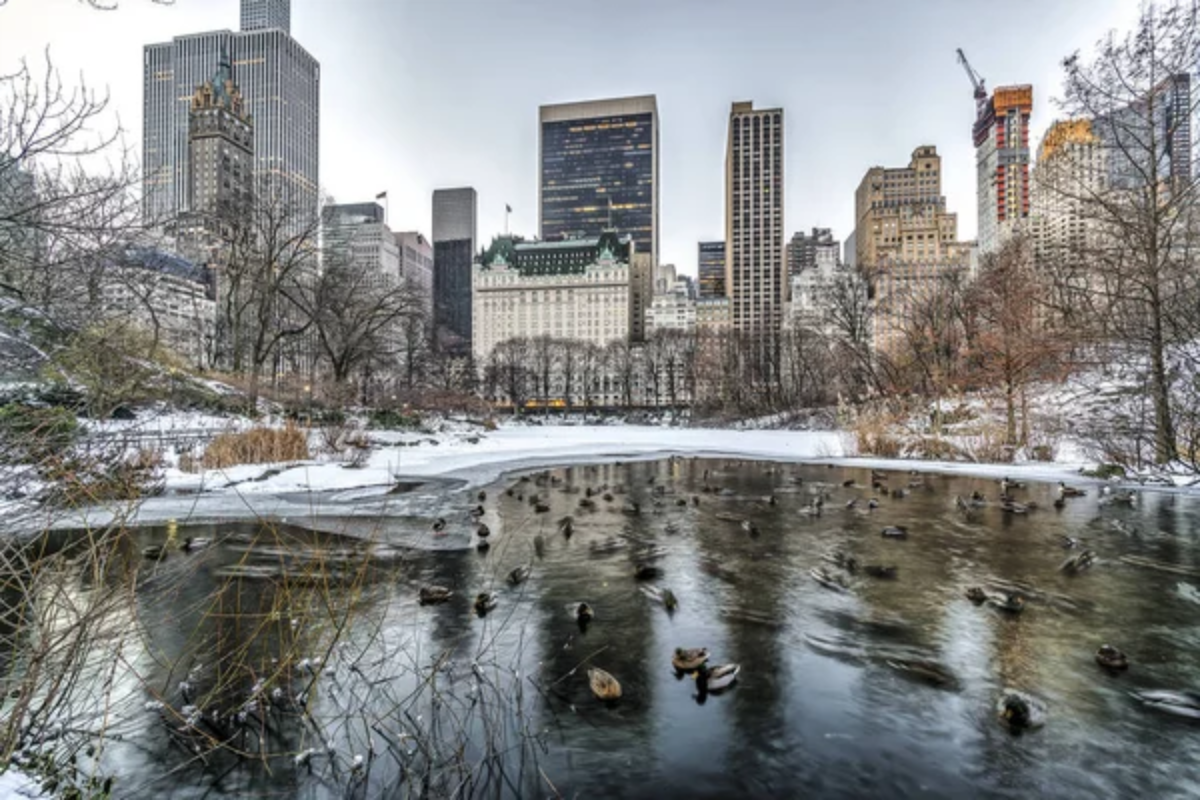
Subway stations function as impromptu concert halls where performers take advantage of unique acoustic properties created by tile walls and tunnel shapes that amplify and transform their music. The density of different languages creates a linguistic soundscape unmatched anywhere else on Earth, with experts estimating that over 800 languages are spoken across the five boroughs.
Street performers, from classical violinists in Washington Square Park to Caribbean steel drummers in Brooklyn, create micro-sound environments that define specific neighborhoods and corners. The city’s distinctive car horns, emergency sirens, and constant construction create an urban symphony that film sound designers have spent decades trying to authentically reproduce.
Cape Town, South Africa
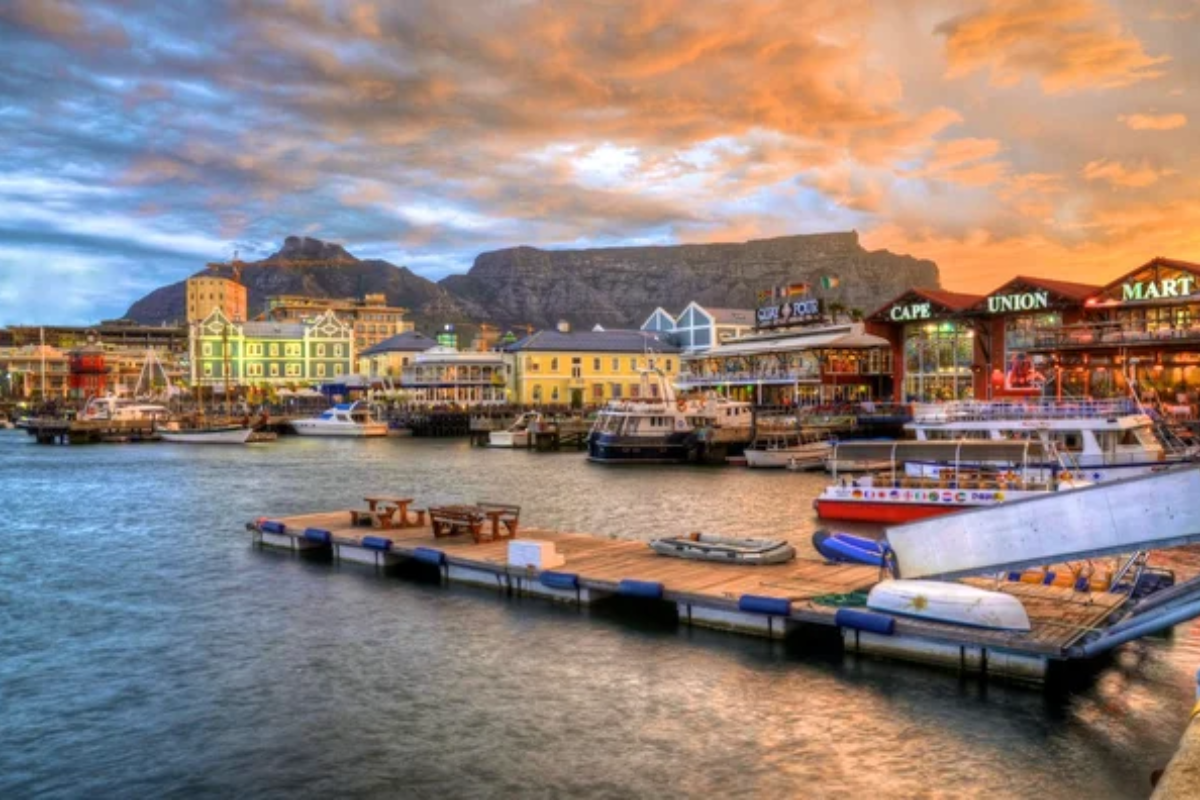
The meeting of two oceans at the Cape of Good Hope creates distinctive wave patterns that sound, unlike other coastal areas, with complex rhythms forming as Atlantic and Indian Ocean currents collide. Township areas preserve musical traditions where vocal harmonies developed during apartheid serve as living historical documents of resistance and community solidarity.
The distinctive calls of African penguins at Boulders Beach sound remarkably like donkeys braying—earning them the alternative name “jackass penguins” and creating an unexpected soundscape along the otherwise typical coastal environment. Street performers throughout the V&A Waterfront blend traditional African instruments with contemporary global influences, creating evolving soundscapes that reflect the country’s complex cultural history.
Like Travel Pug’s content? Follow us on MSN.
Tuscany, Italy
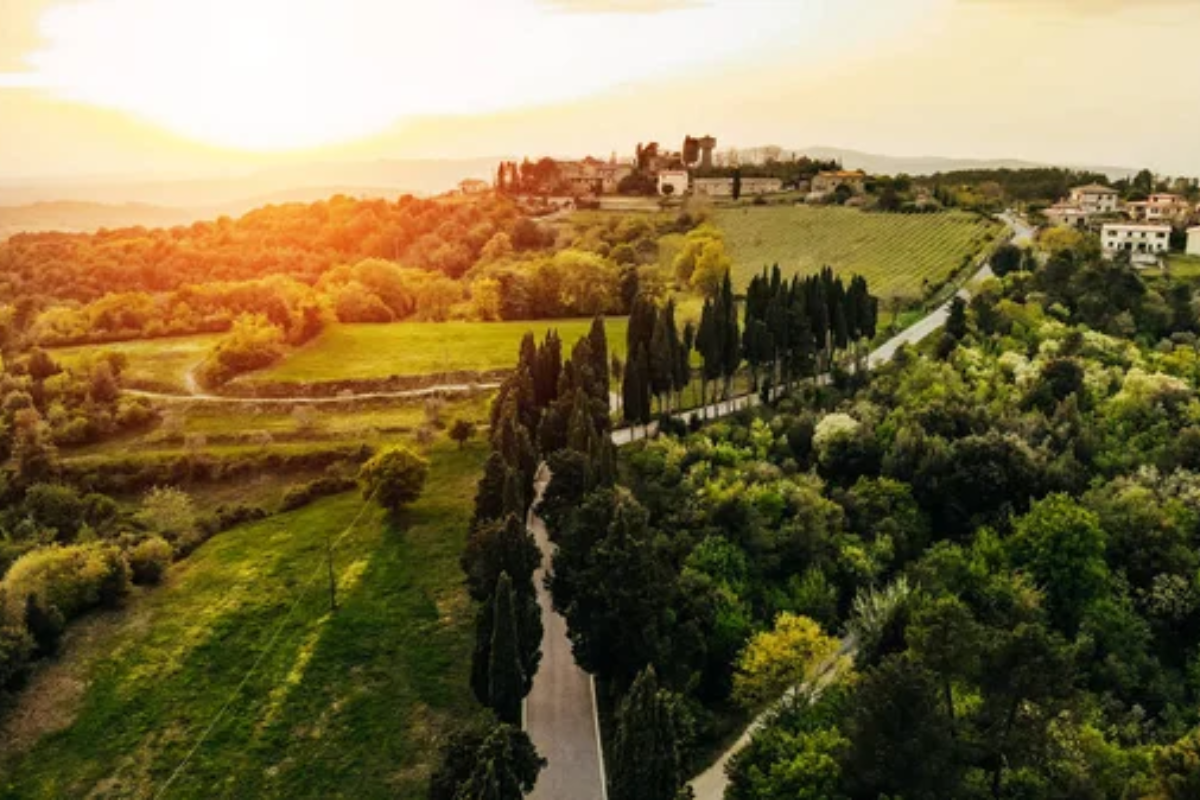
Medieval hill towns feature stone construction that creates natural amphitheaters where sound travels in unexpected ways, allowing whispered conversations in piazzas to be heard across open spaces. Afternoon thunderstorms roll across the countryside with distinctive acoustics as thunder echoes between hills covered with cypress trees that themselves create specific sounds as the wind passes through their branches.
The Italian language itself—particularly as spoken by older residents in rural areas—maintains a musical quality often described as “singing rather than speaking,” with regional dialects adding further texture to the linguistic soundscape. Local festivals feature flag throwers whose silk banners make distinctive snapping sounds against the backdrop of drummers playing rhythms established during Renaissance times.
Aboriginal Lands, Australia

Didgeridoo performances in natural settings demonstrate how indigenous musicians used the landscape itself as an amplification system, with certain rock formations enhancing specific frequencies in ways modern concert halls attempt to recreate. Songlines—ancient navigational routes—are maintained through musical traditions where specific sounds must be produced at exact geographic locations, creating a continent-spanning acoustic map.
The calls of native birds like kookaburras create distinctive dawn choruses found nowhere else on Earth, while nocturnal animals add further layers to a soundscape that Indigenous Australians have been interpreting for over 60,000 years. Traditional clapsticks create sharp percussive sounds that carry remarkably far across desert landscapes, allowing communication between groups separated by significant distances.
Mali’s Niger River Communities

Griots maintain centuries-old oral traditions through songs accompanied by the kora—a 21-string instrument whose cascading notes seem to mimic the flow of the Niger River itself. Fishing communities communicate across the water using whistled language systems that carry much farther than spoken words, creating complex conversations that outsiders often mistake for bird calls.
Seasonal festivals feature distinct drumming patterns that signal specific agricultural cycles and community events, creating a calendar system expressed through rhythm rather than visual symbols. Children learn to play multiple instruments from an early age, ensuring the continuation of musical traditions that predate European contact and written historical records.
Like Travel Pug’s content? Follow us on MSN.
Abbey Road Studios, London
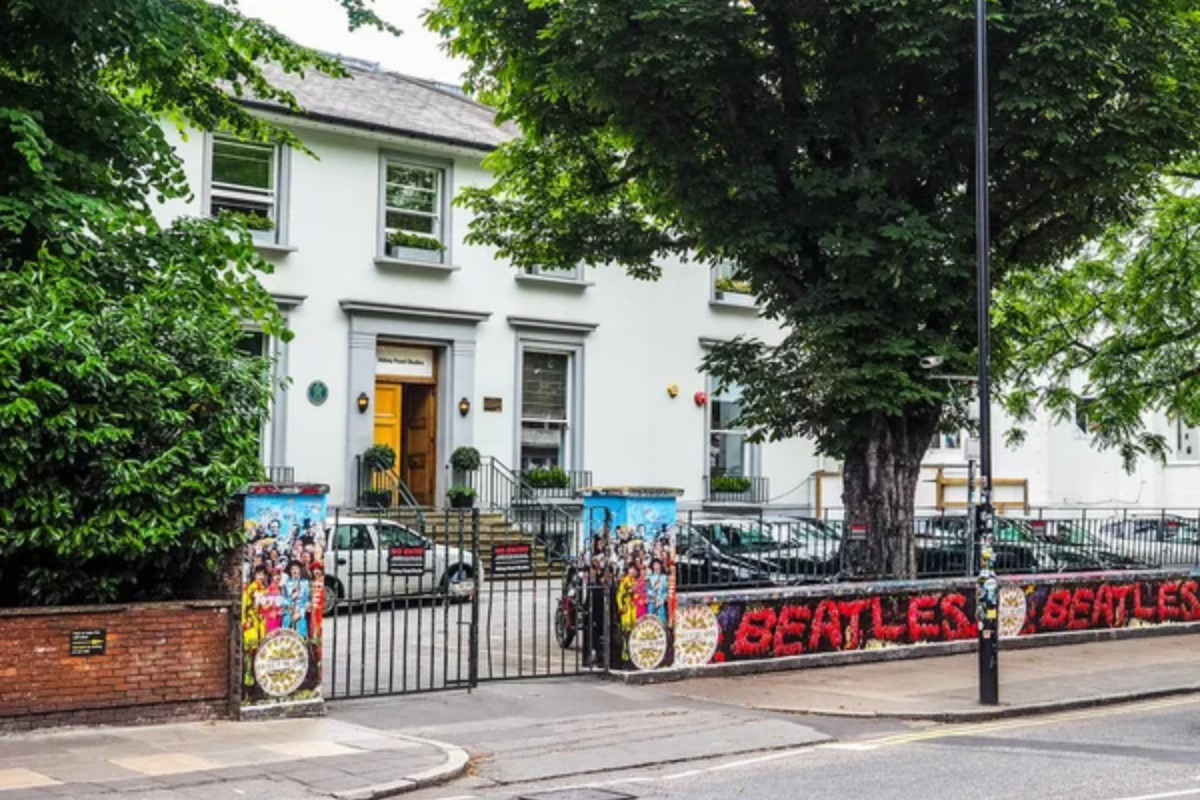
The famous crosswalk outside remains a pilgrimage site for music fans attempting to recreate the iconic Beatles album cover, creating a space where visitors from around the world spontaneously burst into song more frequently than perhaps anywhere else. The recording studios inside feature rooms designed with specific acoustic properties that have shaped the sound of modern music—from the echo chamber used on Pink Floyd recordings to the stairwell where Led Zeppelin captured the massive drum sound on “When the Levee Breaks.”
Microphone collections include vintage models used on recordings that defined entire genres, with subtle differences in their sound reproduction still preferred by audio engineers seeking specific tonal qualities. The surrounding neighborhood maintains an unusually high concentration of instrument shops, rehearsal spaces, and music venues that create a distinctive soundscape combining practice sessions, street performances, and music-focused conversations.
The Symphony of Place

These destinations remind us that truly immersive travel engages all senses—especially our often-overlooked sense of hearing. Each location offers a unique auditory fingerprint formed through a combination of natural acoustics, cultural expressions, and historical developments that cannot be fully captured in recordings or reproductions.
The sounds of travel often become our most powerful memory triggers, instantly transporting us back to specific moments and places with an emotional immediacy that visual souvenirs rarely match. For the traveler willing to close their eyes and simply listen, these destinations offer experiences that resonate long after returning home.
More from Travel Pug

- 20 Towns Built for One Purpose That Were Later Abandoned
- 15 Hidden Spots in Disney World’s Magic Kingdom Most Visitors Miss
- 20 Once-Popular Beach Towns That Are Now Ghostly Empty
- 15 Canyons in the U.S. That Are Just as Stunning as the Grand Canyon
- 10 Under-the-Radar Mountain Towns That Are Both Affordable and Beautiful
Like Travel Pug’s content? Follow us on MSN.
